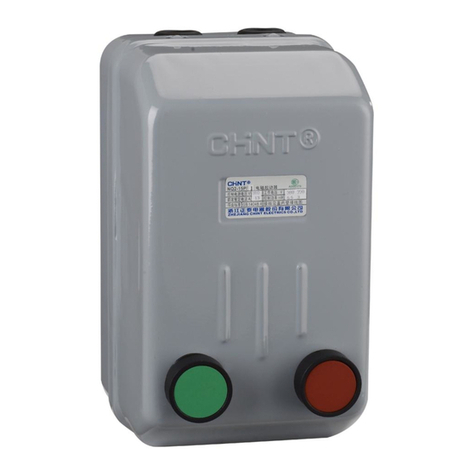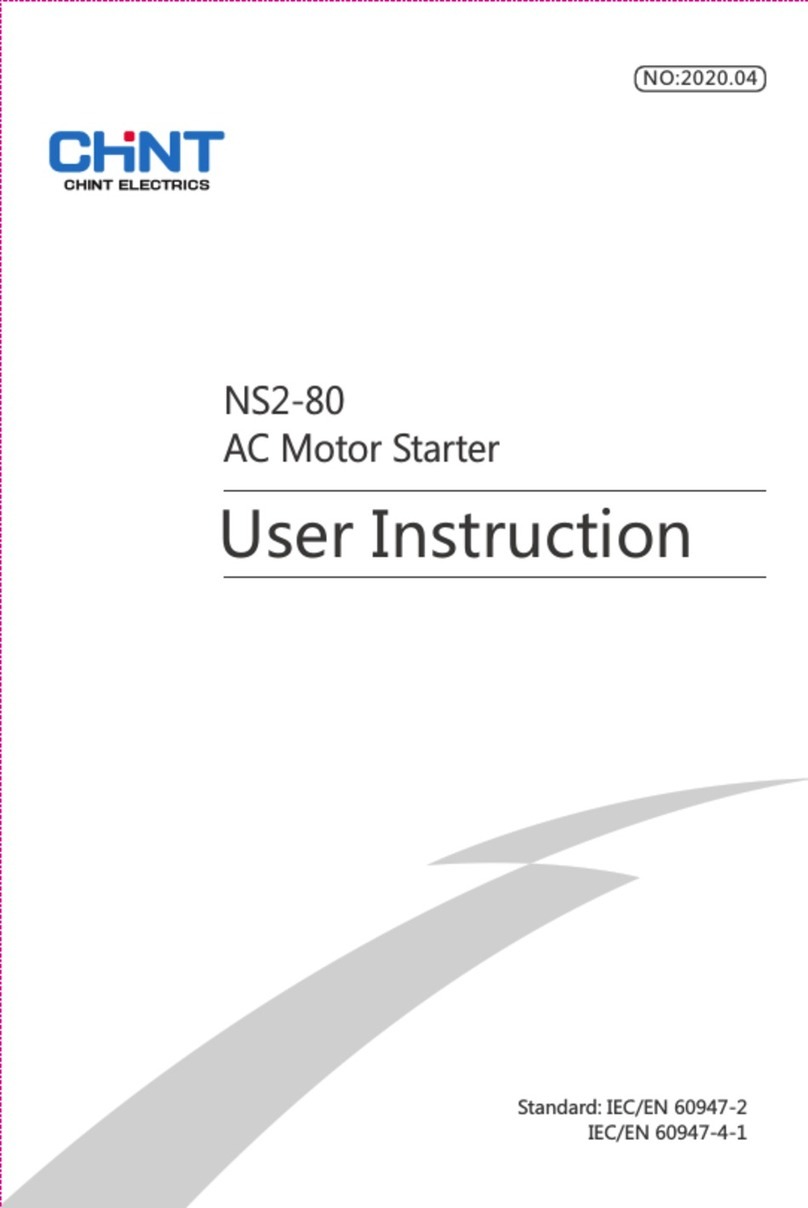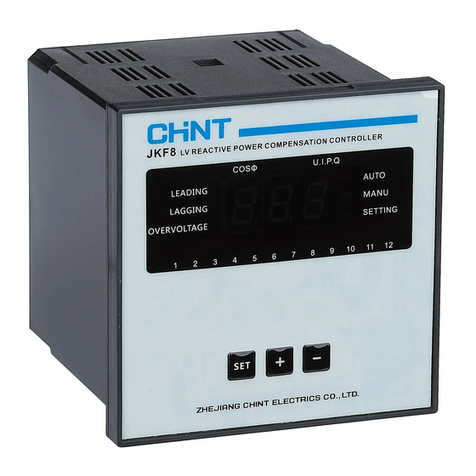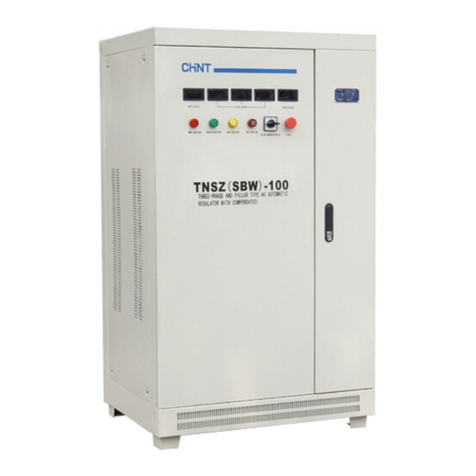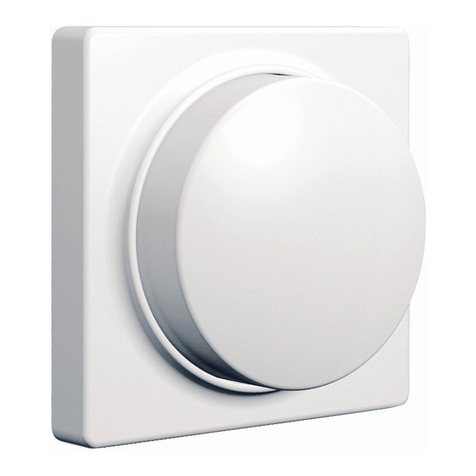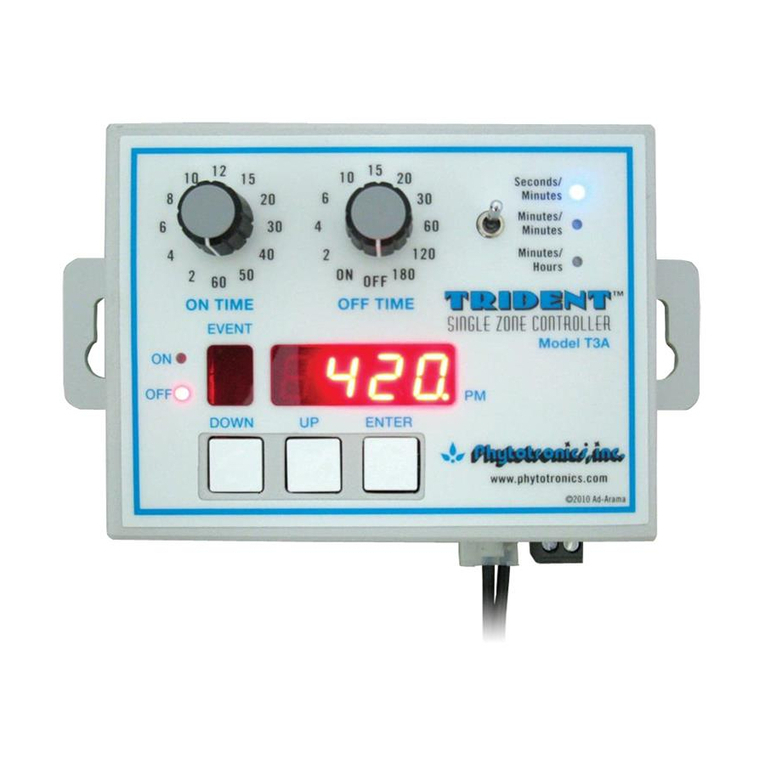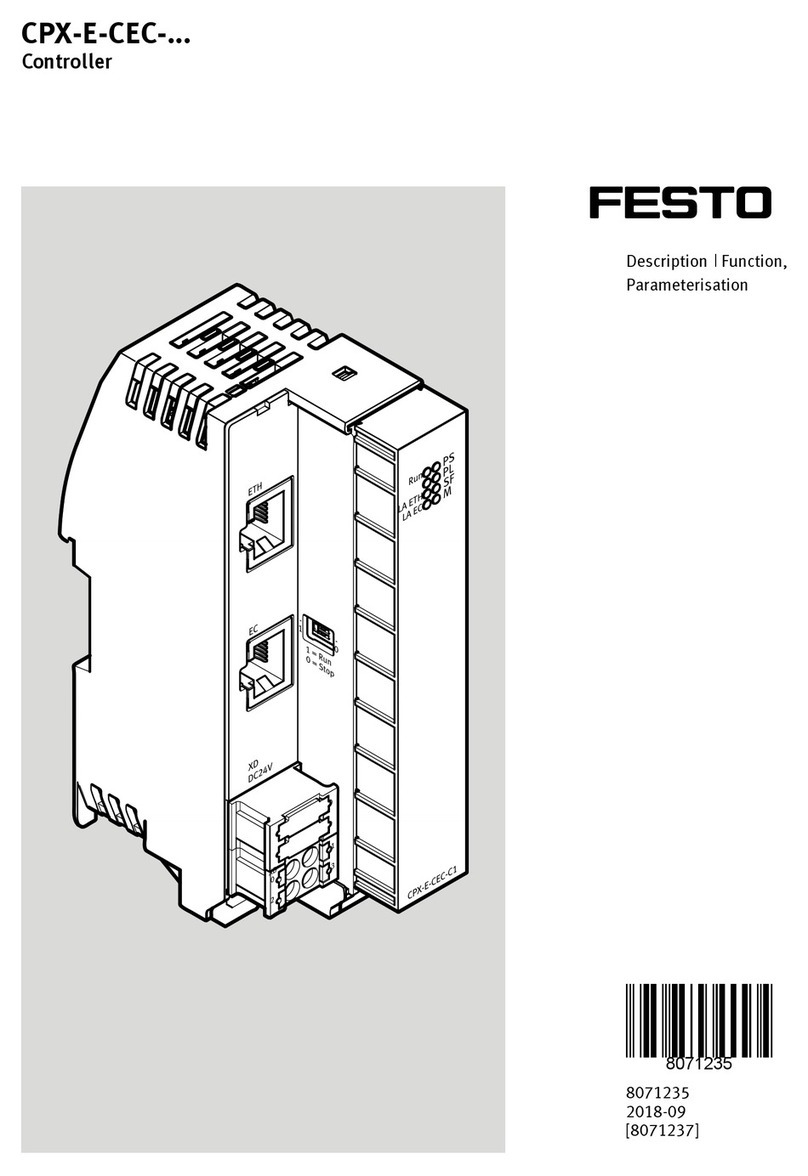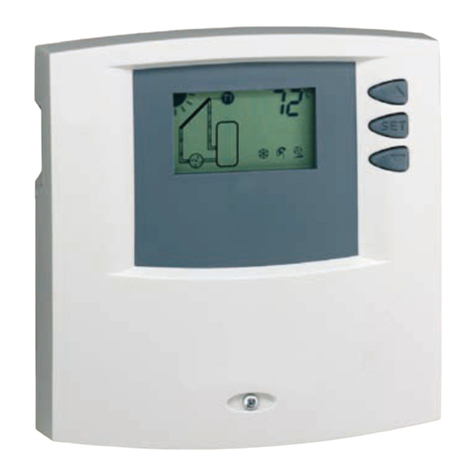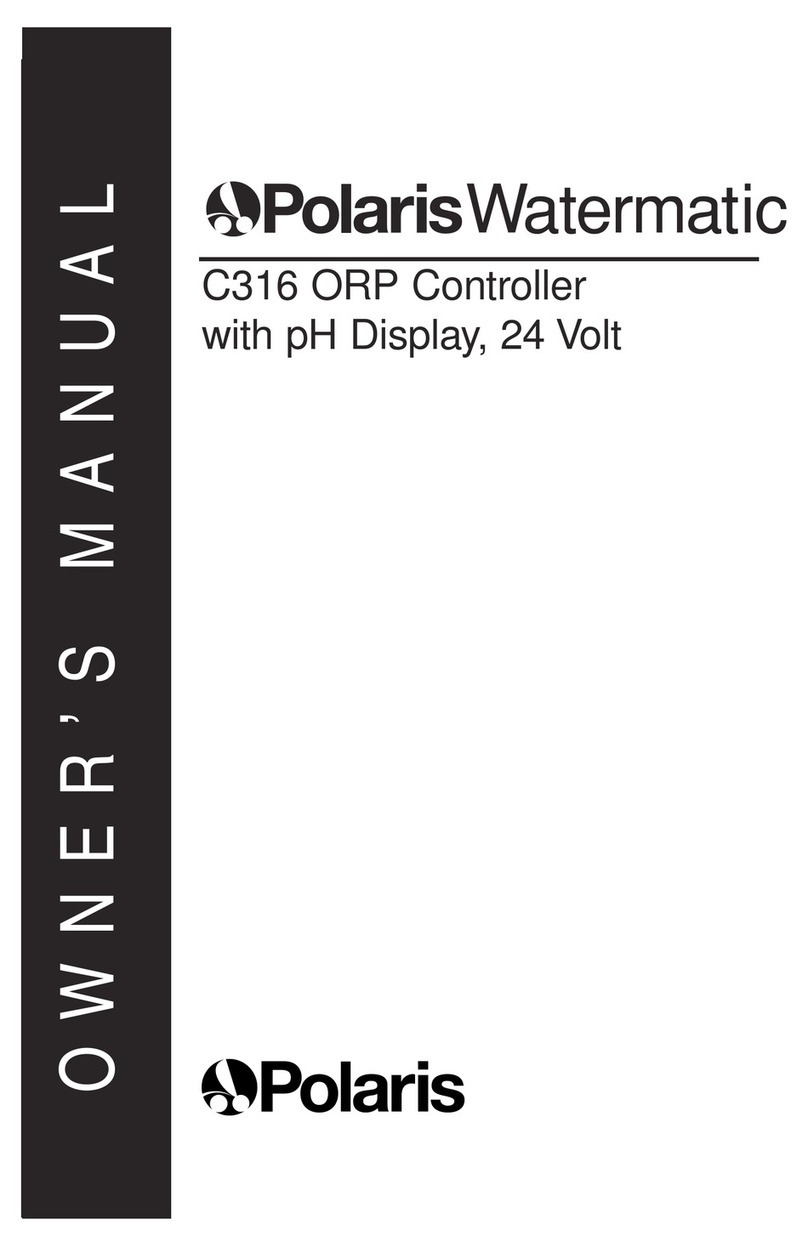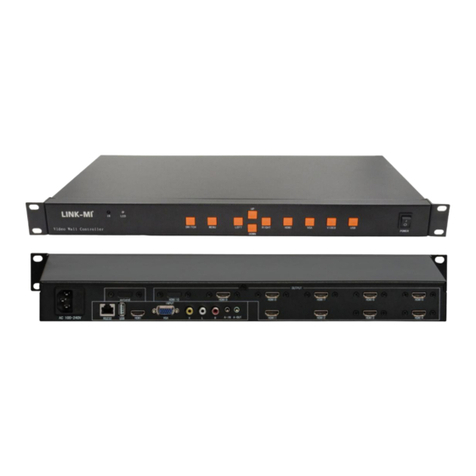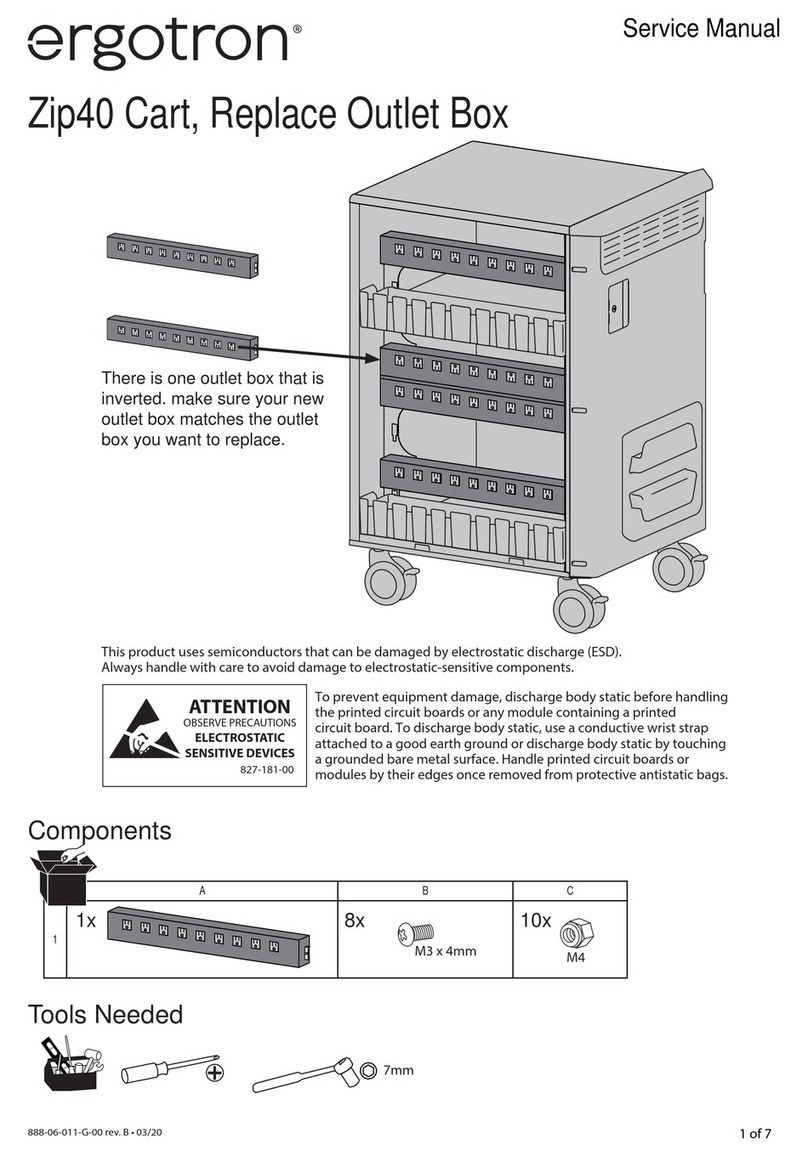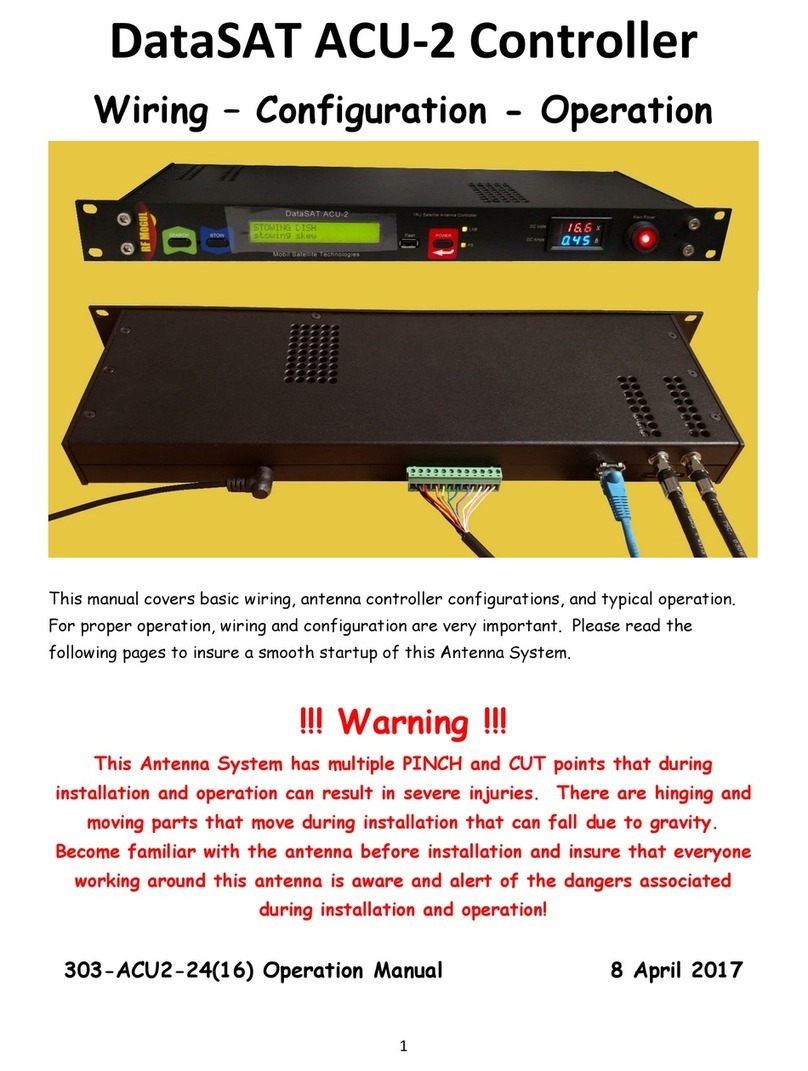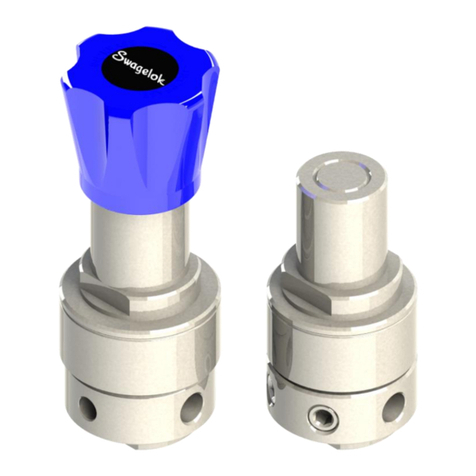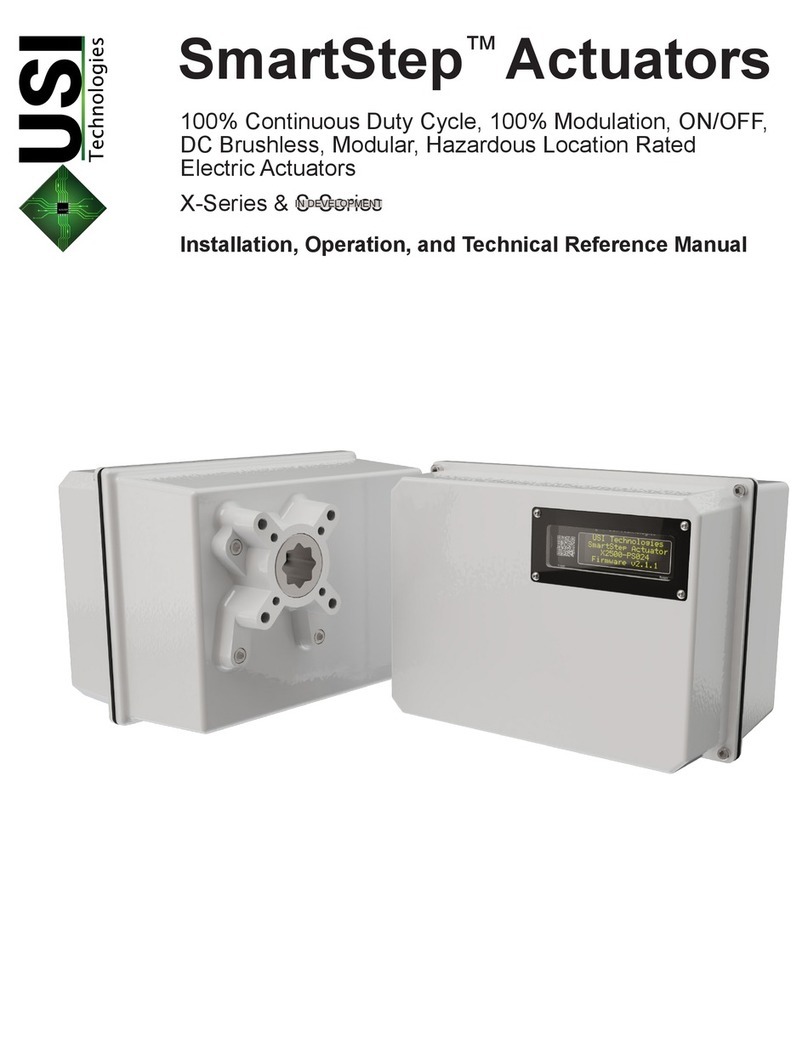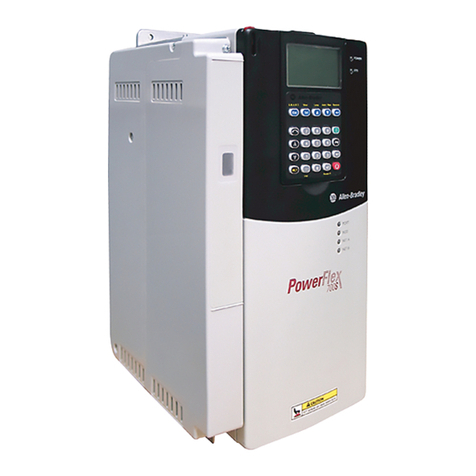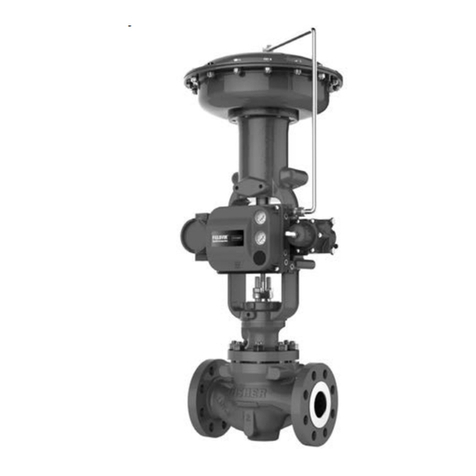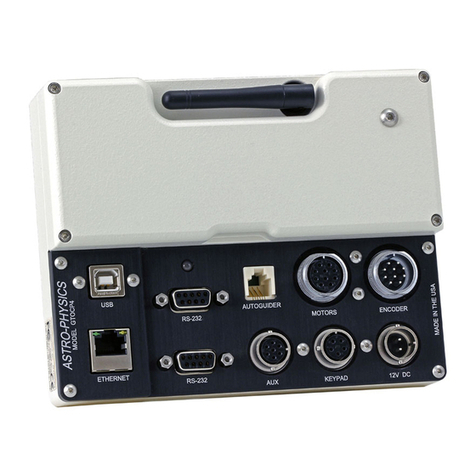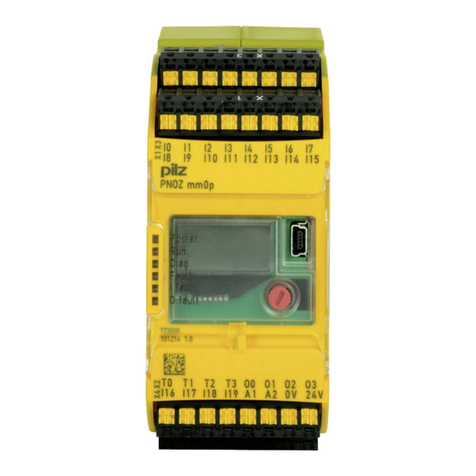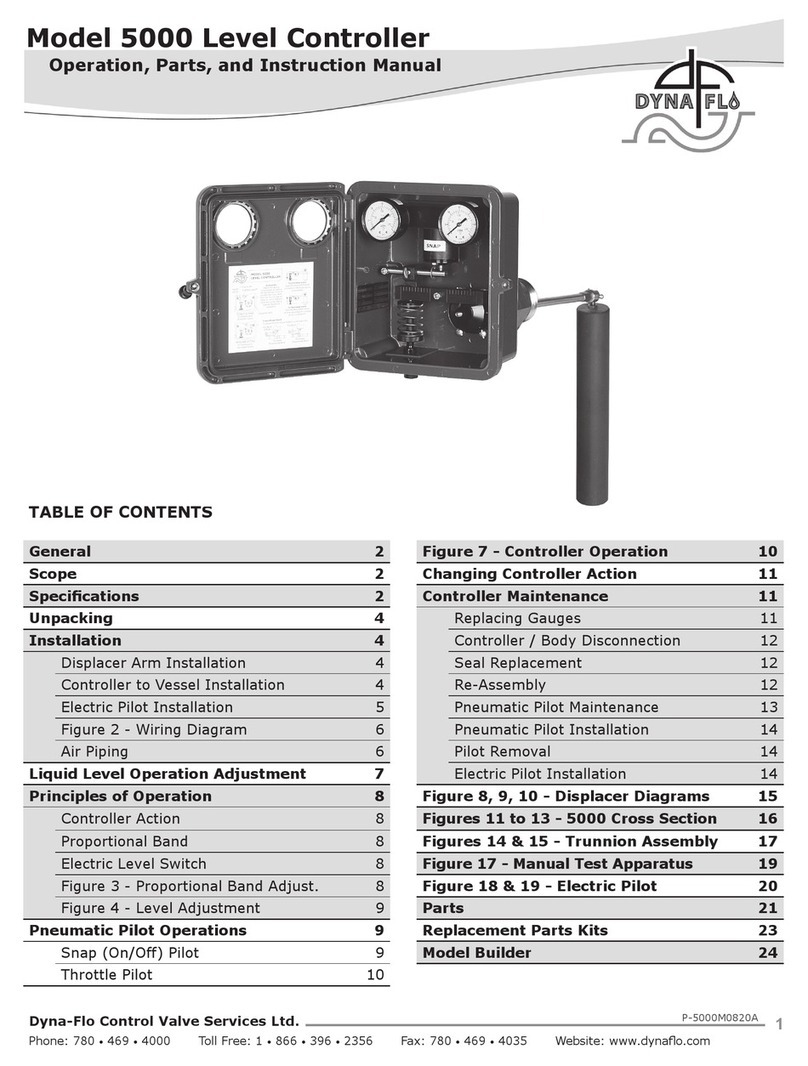CHINT NS2-80B Installation instructions

NO:2020.04
Standard: IEC/EN 60947-2
IEC/EN 60947-4-1
NS2-80B
AC Motor Starter
User Instruction

Only professional technicians are allowed for installation and
maintenance.
Installation in any damp, condensed-phase environment with
inflammable and explosive gas is forbidden.
When the product is being installed or maintained, the power
must be switched off.
You are prohibited from touching the conductive part when the
product is operating.
1
2
3
4
Safety Warning

01
Environmental conditions
Ambient temp. (℃)
Hot and humid
atmospheric conditions
-5℃ 40℃, average temperature should not
exceed +35℃ within 24h
~+
Relative humidity should not exceed 50% at
+40℃; up to 90% at +20℃;
Pollution class/installation category
Altitude No influence below 2000m,
Class 3/Ⅲ
Main technical parameters
The Purpose of Use
1
NS2-80B AC motor starter is applicable to circuits with frequency of AC
50Hz or 60Hz, rated operating voltage up to 415V and current up to 80A. It
is used for infrequent start control of 3-phase squirrel cage asynchronous
motor and it can protect motor from short circuit, overload and loss of
phase. The product can also be used for distribution line protection and
infrequent load transfer or used as isolator.
NS2-80B AC motor starter can be added with a set of side mounted
auxiliary contacts: AU11(1NO+1NC) or AU20(2NO). See product catalog or
product itself for technical parameters of auxiliary contacts.
Main Technical Parameters
2
Table 1 Main technical parameters
No
Frame
size
rated
current
Inm
A
Release
rated
current
In
A
Adjustment
range of
thermal
element
setting
current
A
Release
setting
current
value for
short
circuit
current
Ir A
Rated ultimate short
circuit breaking capacity
Icu, Rated operating
short circuit breaking
capacity Ics kA
Arcing
distance
mm
400/415V
1
2
3
4
80 50
25
40
63
80
16-25
25-40
40-63
56-80
350
560
882
1120
Icu
15
15
15
15
Ics
7.5
7.5
7.5
7.5

02
Table 2 Technical parameters and performance
Content
Rated insulation voltage Ui(V)
Rated voltage Ue(V)
Rated frequency (Hz)
Rated impulse withstand voltage Uimp(kV)
Enclosure protection class
Rated duty system
Conductor (wire/conducting bar) strip length
before being inserted into terminal (mm)
Conductor (wire/conducting bar)
2
sectional area mm
Allowable maximum number of conductor
(wire/conducting bar) to be inserted
Size of fixing screws (or bolts) at wiring end
Tightening torque for fixing screws at wiring end
(N.m)
Operation frequency (times/hour)
690V
400/415
50/60Hz
6kV
IP20
Long term duty system
15
4~25
2
M8
6
≤25
No. Parameters
1
2
3
4
5
6
7
8
9
10
11
12

03
x times of setting current
Time(s)
10000
1000
100
10
1
0.1
0.01
0.001
11
22
33
11.5 210 100
(1) Start from cold state, 3-pole
(2) Start from cold state, 2-pole
(3) Start from thermal state, 3-pole
Figure 1 Time – current characteristic curve (20℃)

04
Installation
3
3.1 Installation
14 .8±0 .35
5±0. 12
72 .5±0 .43
78±0 .4 3
35 .7
OFF
1/L1 3/L2 5/L3
2/L1 4/L2 6/L3
63 .5±0 .3 7
11 2. 5±0. 57
IEC 60947-2 60947-4-1
2004/08/04-010
Test
NS2-80B
56-80A
68
56
80
Figure 2 Overall and installation dimensions of NS2-80B
See Figure 3 for assembly procedure of starter and auxiliary contacts
when the starter is disconnected:
a) Confirm the starter is disconnected (the red OFF button is press
down);
b) Hang the front end of the auxiliary contacts on the slot at the left
front of the starter and move the auxiliary contacts towards the starter;

05
c) Before the extension bar at the center of the auxiliary contacts
touches the starter, use a screwdriver to push the central slot of the auxiliary
contacts so it stays at the top;
d) Push the auxiliary contacts towards the starter, press and hold the
blue button at the end of the auxiliary contacts and fit it into the starter;
e) After fitting the auxiliary contacts, break and make the starter for 5 –
10 times, check if the slot at the center of the auxiliary contacts can move
together with the starter reliably. In the meantime, check if the auxiliary
contacts are powered-on normally; if there is any abnormality, repeat step a)
– step d).
a)b)
c)d)
Figure 3 Assembley method for NS2-AU(80B)

06
Table 3 Connecting wire for operating current
3.2 Wiring
Use single core PVC insulated copper conductor for wiring, see Table 3
for sectional area of the wire.
12 I≤20<
20 I≤25<
2.5
4.0
25 I≤32<
32 I≤50<
50 I≤65<
65 I≤80<
6.0
10
16
25
Rated current
(setting current value of thermal element)
Ie A
Sectional area of
connecting wire
2
mm
3.3 Adjustment and inspection
3.3.1 Check if the rated voltage of the starter Ue is consistent with the actual
control voltage of power.
3.3.2 Check if the rated operating current of the starter is within its setting
current range.
3.3.3 Check if the starter can operate smoothly: press down the green
button of the starter or turn the knob to ON position, flip the guide plate
beside the TEST mark on the cover according to the direction shown by the
arrow. You can hear the operation sound of the contact, and the green
button will bounce back or the knob will be turned to OFF position. Replace
the starter if there is any abnormality.
3.3.4 The operating current of the starter (setting current value of thermal
element) should be determined by the rated current of the motor. If the
setting current value between two scales is required, turn the cam slightly
accordingly. User can make adjustment during operation.

07
Table 4 Model and melt current of the backup fuse of starter
3.4 Coordination of protection
If the short-circuit current is not bigger than the rated ultimate short
circuit breaking capacity of the starter, the protection should be provided by
the starter; if the short circuit current is bigger than the rated ultimate
short-circuit breaking capacity of the starter, the protection should be
provided by the fuse or circuit breaker. See Table 4 for model and melt
current of the backup fuse of starter.
1
2
3
4
25
40
63
80
16-25
25-40
40-63
56-80
250
250
315
315
315
315
400
400
No.
Rated
current
In A
Rated operating
current (adjustment
range of thermal
element setting
current)
Melt current
(backup fuse is only needed when Isc>Icu)
400/415V
aM A gL/gG a
Maintenance
4
Clean the dust on the motor starter timely. Conduct product test and
maintenance every half a year to ensure the smooth operation of the
product and the good contact of NO and NC contacts. Tighten the terminal
screws with specified torque and align the load protection capability of the
motor starter according to commissioning requirements.
Be careful when handling and installing the starter. It is prohibited to
move the product by crane with strong impact so that the product will not
be damaged and its protection characteristics will not change.

08
Environmental Protection
5
In order to protect the environment, the product or product parts
should be disposed of according to the industrial waste treatment process,
or be sent to the recycling station for assortment, dismantling and recycling
according to local regulations
Table 5 Analysis and Troubleshooting of Faults
Symptoms Cause analysis Troubleshooting method and precautions
Misoperation
of starter
Starter
does not
operate
The setting current value
of the starter is smaller
than the actual operating
current of the motor.
Strong shock or vibration
Fine tune the cam to match the set current
matches the actual motor current.
Check installation status and conduct
troubleshooting. Do not place the product in
environment with strong shock or vibration.
Frequent start of motor The start frequency of the motor should not
exceed 25 times per hour.
The sectional area of the
connecting wire is too
small.
Use standard wire according to Table 4.
The setting current value
of the starter is bigger
than the rated current
value of the motor.
Fine tune the cam to match the set current
matches the actual motor current.
The sectional area of the
connecting wire is too
big.
Use standard wire according to Table 3.

QC PASS
Test date: Please see the packing
ZHEJIANG CHINT ELECTRICS CO.,LTD.
NS2-80B
AC Motor Starter
IEC/EN 60947-2
IEC/EN 60947-4-1
Check 28
09

NS2-80B
AC Motor Starter
User Instruction
Zhejiang Chint Electrics Co., Ltd.
Add: No.1, CHINT Road, CHINT Industrial Zone,North Baixiang,
Yueqing, Zhejiang 325603,P.R.China
E-mail: global-sales@chint.com
Website: http://en.chint.com
Table of contents
Other CHINT Controllers manuals
